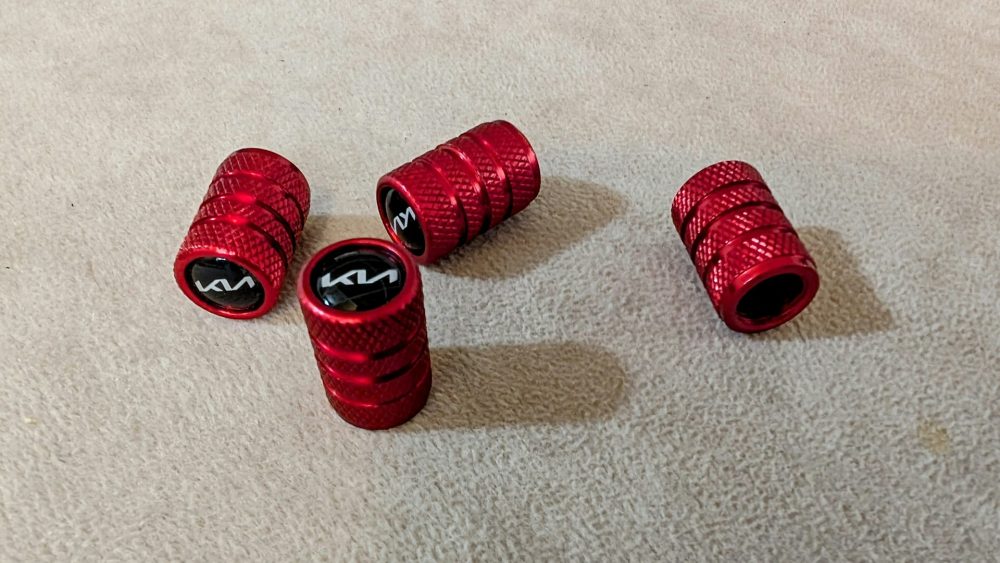A reliable motion link between a motor and a shaft protects accuracy, reduces noise, and keeps machines running smoothly without waste or strain. Choosing the right coupling matters because small alignment issues, load changes, and shock forces travel through the system and either stay controlled or spread problems. Clear differences between flexible and rigid designs guide smart decisions that support steady performance, long service life, and simple upkeep in many settings.
Purpose and Basic Function
Both coupling types connect rotating parts and transfer motion from one piece of equipment to another with predictable behavior. Flexible units allow limited movement while still transmitting power, and rigid units hold parts together in a fixed relationship that resists bending. Design choices shape how each style manages alignment, vibration, and temperature changes during daily work. Flexible designs protect neighboring parts by absorbing minor movement, while rigid designs favor stability by locking alignment in place. Neither style solves every need, so matching the design to the job protects bearings, reduces slip, and maintains smooth rotation. Careful sizing, correct torque capacity, and secure fastening support clean motion and reduce unwanted play in every cycle.
Flexibility and Movement Handling
Flexible couplings handle small offsets between parts that often appear during installation or normal wear, which keeps the motion steady. The design bends slightly under load, spreads stress across its structure, and returns to shape without permanent change when used correctly. This behavior lowers strain on bearings and seals and keeps heat and noise at sensible levels. Rigid couplings refuse movement and force parts to act as a single unit, which maintains exact alignment when installation remains precise. This behavior supports crisp motion, but it transfers any misalignment directly into bearings, mounts, and shafts. Clean installation, true faces, and tight tolerances therefore become essential requirements for stable performance with a rigid link.
Stiffness and Precision Control
Stiffness affects how quickly motion starts and stops, and how closely the output follows the input across speeds. Flexible couplings add a small cushion that filters peaks and drops, which smooths motion but slightly reduces instant response and positional accuracy. Sensitive tasks may notice this effect when the system changes direction or speeds very quickly. Rigid couplings deliver a firm response because they act like a solid extension of the shaft and maintain a fixed relationship. This behavior improves precision, protects timing, and supports tight control schemes that demand exact motion. For vibration reduction and surface protection, the same strength demands precise alignment and balanced components.
Durability, Wear, and Maintenance
Material, climate, and loading affect durability; therefore, frequent inspection prevents small flaws from escalating. Flexible units may show wear at their bending elements first, where repeated motion concentrates stress and slowly reduces stiffness over time. Clean operation, dirt control, and correct temperature management extend useful life and keep noise low. Rigid units carry load through their solid bodies and interfaces, so fastener health, surface contact, and corrosion resistance matter most. Any looseness increases fretting and creates wear marks that grow if left alone, so scheduled checks protect seating and clamping. Good records, light lubrication where allowed, and torque verification keep parts secure and predictable under changing conditions.
Selection, Fit, and Integration
Good selection matches size, torque, speed, and alignment limits to the job, so the system stays quiet and efficient. Flexible types suit installations that face small offsets, while rigid types favor carefully aligned builds with tight mounts and smooth shafts. Clear drawings, trusted tolerances, and steady assembly habits prevent surprises during startup and support long life. Fit and integration improve when teams compare features across sources and confirm availability for future service needs. A dependable servo coupling source helps planners align design targets with stock options, lead times, and support. Thoughtful choices consider tools, space, and access for inspections, so checks remain simple. This approach keeps performance consistent and limits downtime across the full equipment lifecycle.
Conclusion
Flexible and rigid connections affect daily motion quality, system stress, and maintenance. Flexibility reduces tiny offsets and softens peaks, protecting nearby parts and managing heat under steady loads. Due to tight alignment, rigid designs increase precision and timeliness, rewarding careful installation and balanced components. Smart selection, clean assembly, and regular checks protect parts, control costs, and provide reliable output across changing needs. Size, speed, and torque capability match the job for safe margins, and confirmed alignment protects bearings, seals, and mounts. Simple documentation and organized spares reduce downtime and predict service, so teams can perform without rushing. Planning that considers real conditions, defined tolerances, and future access demands boosts confidence, service life, and productivity. Balanced options are quiet and smooth for long hours.
